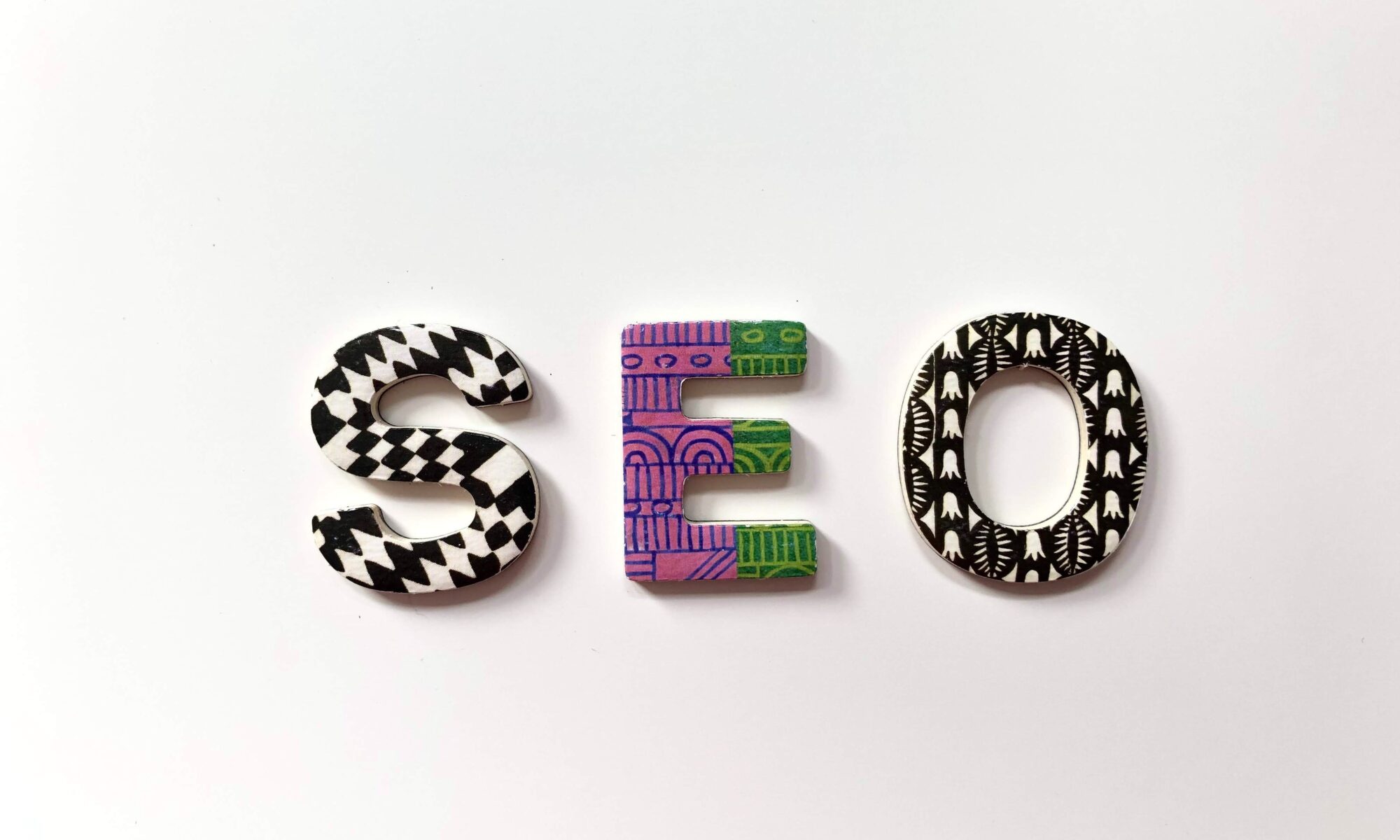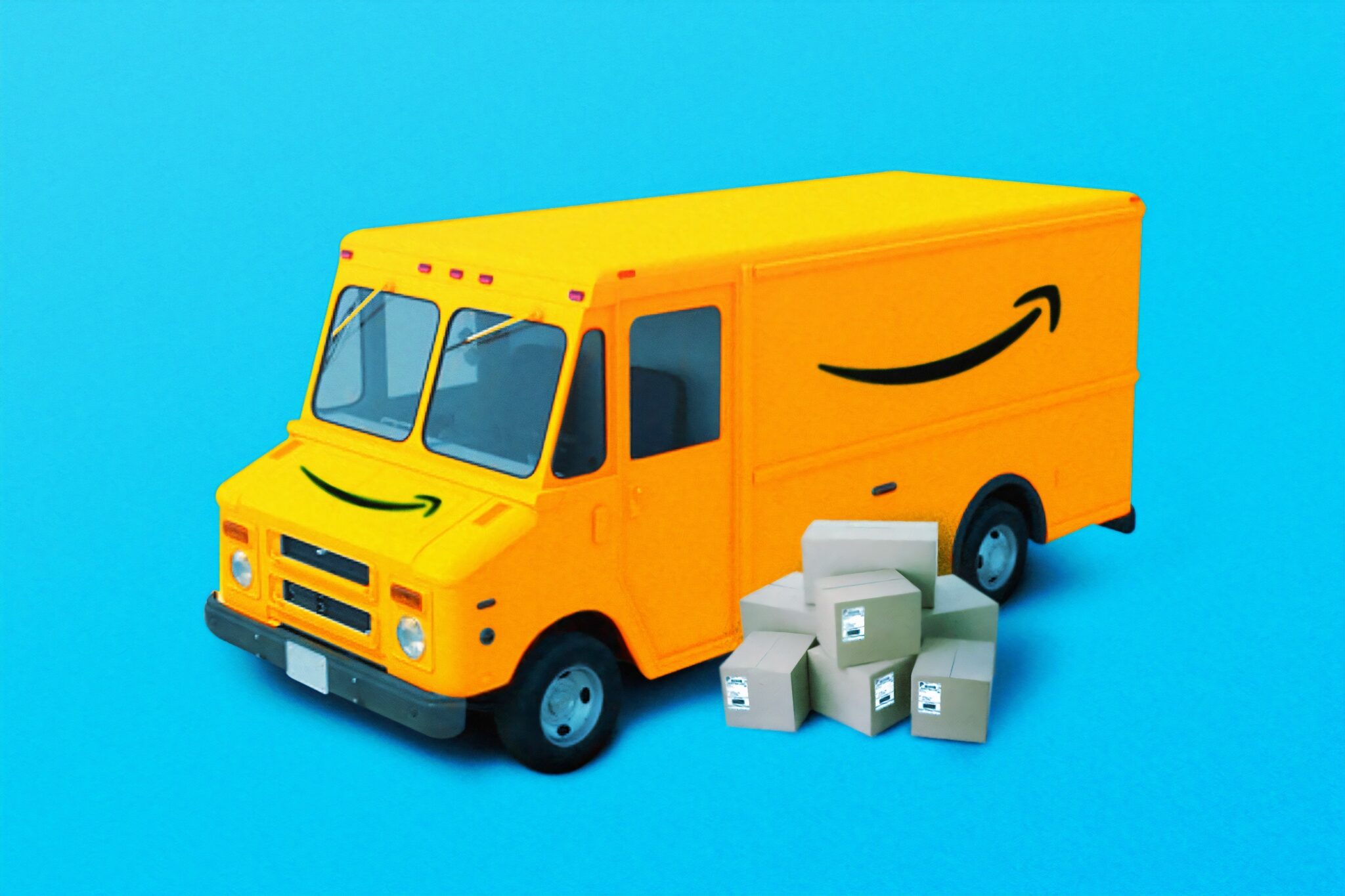Selling on Amazon can be difficult, especially for smaller, startup businesses and less experienced sellers. The company is notorious for suspending or banning sellers who do not comply exactly with its strict rules and regulations. This process is especially difficult for new businesses attempting to pop up during a time of worldwide economic turmoil caused by the novel coronavirus. Just a few examples of these hardships are the Dow and the FTSE seeing their biggest quarterly drops in the first three months of the year since 1987, and experts predicting that the global economy will shrink 3% by the end of the year.
To help these struggling businesses out, Amazon has launched two start-up accelerator programs: the Accelerator Programme and the Amazon Licensed Brands Programme. Amazon means these programs to help assist with the startup process and coordinate with established companies who are not yet selling on Amazon. In return, Amazon requires a long-term commitment to selling on the platform
Unfortunately, not everyone has access to these exclusive programs, as Amazon has deemed it invite-only. The current trajectory is that approximately 200,000 small to medium-sized businesses that will receive extensive business training, access to discounts, and invaluable marketing knowledge. Amazon will also run a week-long boot camp that will help up to 1,000 mostly offline businesses step into the digital world and trade online.
In this article, we will delve into what exactly these programs are, how they can benefit your business, and why you should apply for the exclusive opportunity. With that in mind, let’s dive right in.
The Accelerator Programme
If you are looking to create an exclusive brand for Amazon, you will definitely be interested in this program. Brands on board with this system will fill selection gaps and opportunities as well as sell via the third-party marketplace, which accounts for 64% of global e-commerce sales. To us, that already sounds like a pretty good deal. When dealing with Amazon, though, you can always expect more than what you ask for.
What’s Being Offered
On top of an already profitable market space, Amazon’s program will assist your brand by providing access to its top-tier connections. A few of these perks include:
- Access to Amazon’s extensive customer base in Europe: Amazon is becoming more and more heavily involved in the continent each year, as it has consistently proven to be a major component of their success. In 2018 alone, the company created 11,580 jobs in e-commerce, automation, and digitalization. This expansion has led to 1.1 million active sellers in Europe today.
- Access to Amazon’s invite-only Vine customer reviews program: This is an exclusive opportunity to receive unbiased, trusted feedback that can increase your brand’s profits. Since a shocking 92% of buyers are more likely to purchase after reading a trusted review, this perk is an incentive useful on its own.
- Support on building A+ content: Amazon is focused on providing its customers with the best experience possible. A major part of this is creating top-notch content. The brand name alone affected 74% of consumers. In this program, Amazon professionals will make sure that you are appealing to the widest audience possible.
- Access to impactful merchandising tools to promote products on five European websites: After being enrolled in this program, you can promote products on Amazon Deutschland, United Kingdom, France, Spain, and Italy. That is an absurd amount of customers that never would have been possible without this opportunity.
- Amazon-funded merchandising campaigns: There is no one better at selling and marketing products on Amazon than those who work at the company themselves. These experts will run and fund the merchandising campaign that is guaranteed to bring profits to your brand.
- Opportunity to be featured on the “Top Rated from Our Brands” gateway: This opportunity that highlights your brand is only achievable through the Accelerator Programme. Amazon brands are becoming more and more popular as the company strives to create more exclusive brands; this chance could land you at the top of the charts for a long time to come.
- Opportunity to convert to an Amazon Private Brand: If you are already selling on Amazon, you know the challenge of competing with Amazon Prive Brands. Amazon currently owns 146 private label brands and sells over 7,200 products under these organizations. If you do well enough during the Accelerator Programme, you have the potential to stop competing and start profiting alongside these brands.
What Is Required
With all of these great perks, Amazon is, of course, going to expect certain qualifications and fees. Here is the inside scoop on all that is required to participate in Amazon’s Accelerator Programme:
- Your brand will need to be exclusive to Amazon, meaning you cannot sell anywhere else. With over $280 billion sales occurring in 2018 and the company seeing a consistent 22% sales growth rate, we don’t see that as much of an issue.
- Your company will need to use Amazon’s fulfillment service, meaning either filled by Amazon or Seller Fulfilled Prime. This is great if your inventory consists of large items, is seasonal, or you want to deliver items quickly at a lower cost.
- You will need to be committed to producing detailed ASIN’s, or Amazon Standard Identification Number, to ensure customers know about the products you provide.
- Provide a Social Responsibility Audit. This refers to a formal review of your company’s endeavors, procedures, code of conduct, and impact on society. Amazon has been particularly interested in organizations that are environmentally friendly over the last few years. If this is you, chances are there is a higher chance of your company being selected for the program.
- An additional fee of 7% points on top of the normal sales fee Amazon charges. These fees are variable, ranging from $0.99 per item sold to $39.99 per month (plus additional selling fees). Before you sign off on this, though, be sure this is something your company can afford.
The Licensed Brands Programme
The Licensed Brands Programme will allow you to participate as a seller to list against Amazon Owned Brands UMI and Eono. Because of this, the only brands that will be invited to participate in this program are high-quality products that offer great prices. Evidently, there are a number of requirements to take part in the once in a lifetime opportunity.
The Requirements
Amazon does not joke around when they say they have a high bar for products and sellers they are looking to participate in this program. The qualifications include:
- Provide industry associations audit certifications from:
- Amfori BSCI
- Better Work
- Responsible Business Alliance
- SEDEX Members Ethical Trade Audit
- Have a Factory Quality Audit completed by a third-party auditor. Don’t worry, Amazon will fund this.
- Go through the process of product testing for the products you are looking to list on Licensed brands, including compliance checks and Intellectual Property.
- Use Amazon’s fulfillment service throughout the Programme in order to ear the Prime checkmark we all so desperately love.
- An additional 10% points on top of the normal referral fee Amazon already charges. This, however, is the only charge. FBA fees and all other fees stay the same and you are wholly in control of pricing and inventory management.
The Benefits
Undoubtedly, though, all this trouble comes with substantial rewards. We believe that Amazon team members are completely invested in the success of their brands and the products they list and are able to provide you with all the tools you need in order to achieve insurmountable success. For the Licensed Brand Programme, these tools include:
- The opportunity to be featured on Private Brands homepage of Amazon EU sites
- Strategic placement of your products on similar ASIN’s
- The chance to be featured in the Top Rated from our Brands field
- Access to free Vine reviews
- A dedicated team who will run and optimize your Amazon Advertising campaigns
The Purpose
Now that we have discussed the individual aspects of each program, let’s discuss the incentives to take part in these programs and what Amazon itself hopes to achieve. After all, the invite process itself can be grueling and time-consuming. If your company is not interested in the rewards, it’ll definitely not be interested in what it takes to get them.
First and foremost, Amazon is using these programs to further fuel its own business. Do not be mistaken, this does not mean that your company or brand cannot also benefit from the program, but we think it is vital that you understand from the start that Amazon’s primary goal is to fuel Amazon-exclusive sellers.
There are a few things to be wary of before excitedly signing up to be an Amazon-exclusive product. For example, Exclusive sellers give Amazon the option to take a large chunk of the portions for using their premium features. Additionally, some experts claim that display ads and Amazon’s deal fees are simply not significant enough to completely exclude all other marketing channels. If you break this exclusivity agreement––even on accident––Amazon will take away all of your privileges and suspend your seller’s account. Additionally, you are tying your entire business to one company, and that can be scary than anything we listed before. Therefore, be sure to talk this decision over before signing up.
It is not all bad, though. Being an Amazon-exclusive client comes with its own array of benefits, including:
- Product Videos: Product videos are in. In fact, customers watch an average of 16 hours of online videos per week, and 84% say they have been convinced to buy a product or service because of a brand’s video. Simply put, that is a lot of conversion for your brand.
- Display Ads: Despite what some people say, it has been proven that display ads actually can be useful if applied properly. Some companies generated nearly 20% higher gross merchandise sales and 20% more delta page views.
- Personal Brand Development Manager: If you haven’t figured it out by now, Amazon can be a complicated land filled with unknown jargon and extreme expectations. By becoming an exclusive seller, however, you will be granted your very own brand developer that will help you market your products more effectively and turn your best efforts into tangible profits.
Previous Amazon Programs
This is not the first time that Amazon has done programs such as this. Though it is unclear when the programs began, similar programs to assist small sellers have been existing since approximately 2017.
Unlike this year, the 2019 program did not allow third-party sellers to take part. This, in addition to allegations of Amazon accumulating data from third-party sellers and using it to compete against them, resulted in some legal tension between the European Commission and Amazon. Amazon’s chief executive Jeff Bezos is set to testify in front of the US Congress this summer alongside leaders of Facebook, Apple, and Google.
Is It Right for My Business?
In order to determine if an exclusive Amazon relationship is right for your business, be sure to carefully weigh the pros and cons with each department of your business team. If you determine it is, or already have experience in the retail space and are looking for ways to further your Amazon experience, we definitely suggest doing everything that it takes to get an invite into Amazon’s exclusive programs and learning all there is to know about the world of selling on Amazon.
Your Other Option
Don’t think Amazon programs are right for you? Don’t worry, we at Digital Dive Marketing have got you covered. We are your right hand, your digital partner, and all you need in order to scale your business with personal online strategies. Our services include lead generation, LinkedIn management, search engine optimization, Google adwords, web design and development, landing page creation, and more!
Say goodbye to Amazon’s excessive strings-attached program and work with a company that cares only about your success. You can schedule a call and get in contact with one of our marketing experts today or visit our website for more information.











